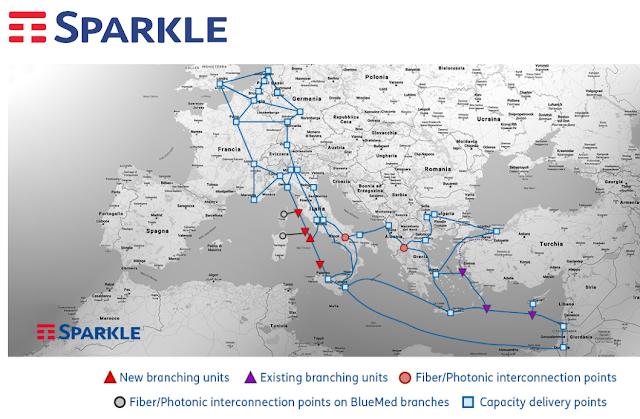The Linux Foundation and the GSMA will collaborate on a common industry framework for NFVi.
 The Common NFVi Telco Taskforce (CNTT), which will be hosted by the GSMA and created with input from the Linux Foundation, will operate as an open committee responsible for creating and documenting a Common NFVi Framework. CNTT will work with global service providers to define and create VNF reference architectures for NFVi (consisting of a global NFVi reference model, reference architecture, and global VNF certification lifecycle). The common NFVi reference architectures will be submitted to LFN for testing and verification via the OPNFV Verification Program (OVP). Open source, SDN/NFV/VNFs, and network automation have become de facto building blocks as the industry moves towards 5G.
The Common NFVi Telco Taskforce (CNTT), which will be hosted by the GSMA and created with input from the Linux Foundation, will operate as an open committee responsible for creating and documenting a Common NFVi Framework. CNTT will work with global service providers to define and create VNF reference architectures for NFVi (consisting of a global NFVi reference model, reference architecture, and global VNF certification lifecycle). The common NFVi reference architectures will be submitted to LFN for testing and verification via the OPNFV Verification Program (OVP). Open source, SDN/NFV/VNFs, and network automation have become de facto building blocks as the industry moves towards 5G.
The first meeting will be July 23-25 in Paris.
“Operators are undergoing a period of significant digital transformation by migrating their networks from a physical to a virtualized or cloud environment. However, this is a challenging and time-consuming process involving integrating multiple different vendors into a common infrastructure,” said Alex Sinclair, Chief Technology Officer, GSMA. “By following a common approach and framework, operators will vastly reduce the time and costs associated with integration and accelerate adoption and deployment.”
“We are pleased to collaborate with the GSMA to simplify NFVi efforts across the industry,” said Arpit Joshipura, general manager, Networking, Automation, Edge & IoT, the Linux Foundation. “CNTT is a key enabler for our OVP program that brings NFVi, ONAP, VNFs, and OPNFV initiatives together, helping accelerate deployments.”
 The Common NFVi Telco Taskforce (CNTT), which will be hosted by the GSMA and created with input from the Linux Foundation, will operate as an open committee responsible for creating and documenting a Common NFVi Framework. CNTT will work with global service providers to define and create VNF reference architectures for NFVi (consisting of a global NFVi reference model, reference architecture, and global VNF certification lifecycle). The common NFVi reference architectures will be submitted to LFN for testing and verification via the OPNFV Verification Program (OVP). Open source, SDN/NFV/VNFs, and network automation have become de facto building blocks as the industry moves towards 5G.
The Common NFVi Telco Taskforce (CNTT), which will be hosted by the GSMA and created with input from the Linux Foundation, will operate as an open committee responsible for creating and documenting a Common NFVi Framework. CNTT will work with global service providers to define and create VNF reference architectures for NFVi (consisting of a global NFVi reference model, reference architecture, and global VNF certification lifecycle). The common NFVi reference architectures will be submitted to LFN for testing and verification via the OPNFV Verification Program (OVP). Open source, SDN/NFV/VNFs, and network automation have become de facto building blocks as the industry moves towards 5G.The first meeting will be July 23-25 in Paris.
“Operators are undergoing a period of significant digital transformation by migrating their networks from a physical to a virtualized or cloud environment. However, this is a challenging and time-consuming process involving integrating multiple different vendors into a common infrastructure,” said Alex Sinclair, Chief Technology Officer, GSMA. “By following a common approach and framework, operators will vastly reduce the time and costs associated with integration and accelerate adoption and deployment.”
“We are pleased to collaborate with the GSMA to simplify NFVi efforts across the industry,” said Arpit Joshipura, general manager, Networking, Automation, Edge & IoT, the Linux Foundation. “CNTT is a key enabler for our OVP program that brings NFVi, ONAP, VNFs, and OPNFV initiatives together, helping accelerate deployments.”


























